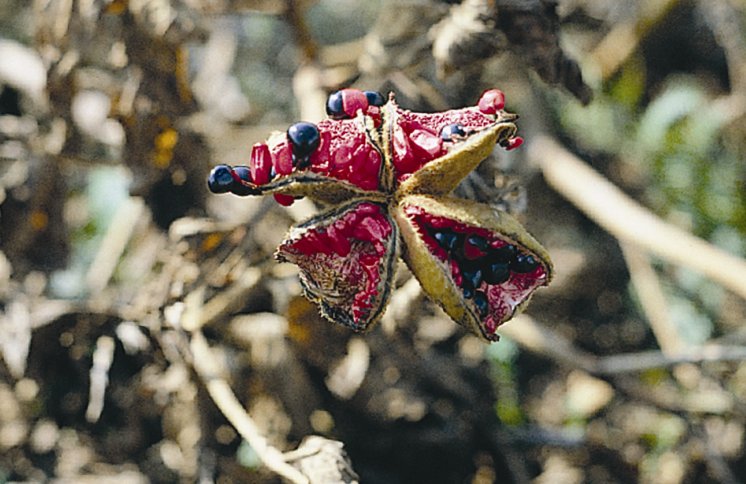Propagating Peonies Flowers to Stand Out in Any Garden
Peonies are a wonderful, lush addition to any garden. With their gigantic, radiant, colourful blooms and delicate greenery, they are certainly a feast for the eyes. Young peonies take a few years to develop. The stems are their weak spots due to oversized blooms, so if needed, ensure you use metal peony rings or wire tomato cages to help support. Peonies also make great cut flowers that last up to a week or more in a vase.
Peonies are said to symbolize a happy life and a happy marriage.
Quick Growing Guide
Botanical Name: Paeonia
Genus: Paeonia
En français: Pivoine
Sun / Shade:
Watering:
Height:
Width:
Care:
When will Peonies Bloom?
Peonies bloom once a year, from late spring to early summer. Peony flowers last about a week to a maximum of ten days. Your location, temperature, water, sunlight and peony species are elements that affect when a peony blooms.
You can extend peonies’ blooming season. Plant a selection of peony cultivars based on the blooming season.
| Peonies variety | When they bloom |
| Athena, Early Scout, Golden Glow, Roselette | Very early season, from mid April |
| Woodland peonies, Coral Charm, Pink Hawaiian, Albert Niva, and Coral Sunset. | Early season, from late April |
| Tree peonies, Duchess de Nemours, Gardenia, Kansas, and Festiva Maxima. | Early mid-season, from the beginning of May |
| Herbaceous peonies, Benjamin Franklin, Koppius, Big Ben, and Edulis Superba. | Mid-season, mid-May to early June |
| Intersectional peonies, Bowl of Beauty, Karl Rosenfeld, Sara Bernhardt | Late Season, end of May to mid June |
Propagating Peonies
To propagate peonies, start with a healthy plant. They can be propagated by seeds, cuttings, root division, or layering. These methods require starting with a healthy, growing plant to help ensure a healthy and successful transplant.
Plant eonies with enough space between other flowers. Shelter from strong winds (use stakes if needed). Peonies do best when they are propagated in full sun in rich soil with good drainage. Nonetheless, peonies vary in their requirements where some are adaptable to different soils, and are fine with some afternoon shade. Keeping peonies in moist soil throughout the warmer summer months is also beneficial. You will sometimes find ants crawling on your peonies, but they are in fact good for the flower, as they are just eating the peony’s nectar in exchange for attacking bud-eating pests.
When planting in a container, cover it no deeper than the root ball in the pot.
By Root Division
Fall is the best time to plant peonies, about 6 weeks before the ground freezes. Herbaceous peony varieties are commonly reproduced by dividing the underground section. Divide with a sharp knife, ensuring that each cut portion has one or more crowns (also called “eyes”, buds or meristems) as well as several storage roots. Divisions are best done in the fall, when the plants are dormant. The entire plant, without dividing it, can also be transplanted. Place the roots just 2 inches below the soil.
Tree Peony varieties can be propagated the same way, but ensure that each division contains one or more robust stems.
From Seed

Peony seeds can be difficult to cultivate. For a start, seeds seldom reproduce the stunning blooms of cultivars. Furthermore, there are requirements for harvesting, handling, and storing peony seeds, including dormancy requirements. Most will not germinate successfully until they have been stored at a cool temperature for several weeks. After about 5 weeks of cold storage, the seeds should be ready for planting outside in the spring.
The easiest way would be to get seeds from a reputable provider and follow the germination instructions. Seeds can typically be stored at room temperature for up to 2 years before being planted outside in the spring or fall.
Note that herbaceous peonies bloom in three years after seeding, whereas tree peonies bloom in seven.
Peonies Soil Depth
Peonies, however, are very particular about their depth of planting. If you cover the base of the peonies with soil, you will not get blooms. If you are not getting blooms, that is the first thing you need to check. We add soil to peonies either because the existing soil has eroded or because we want to add nutrients.







Leave a Reply
You must be logged in to post a comment.